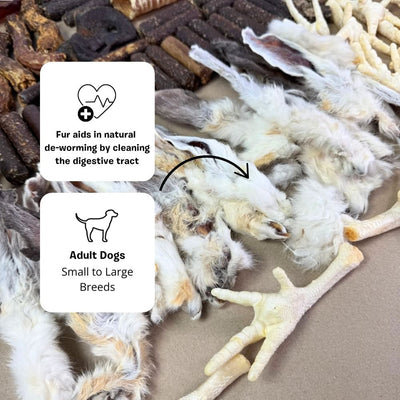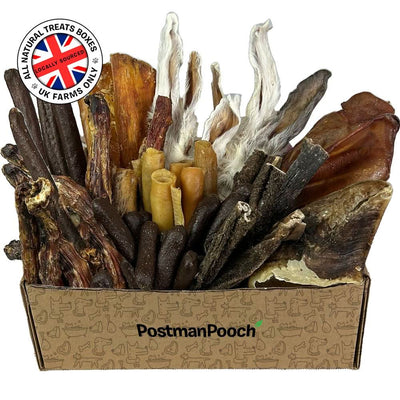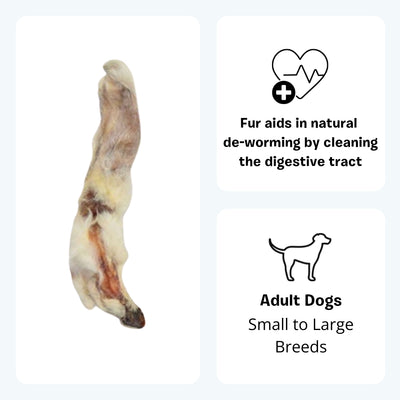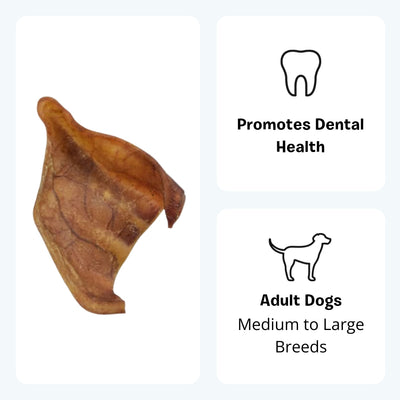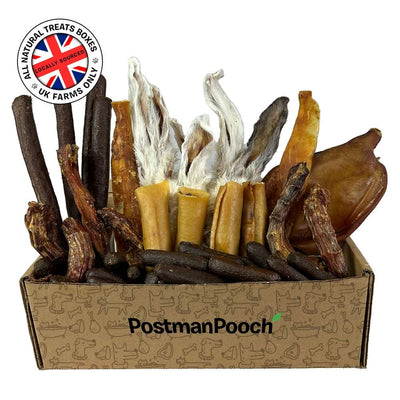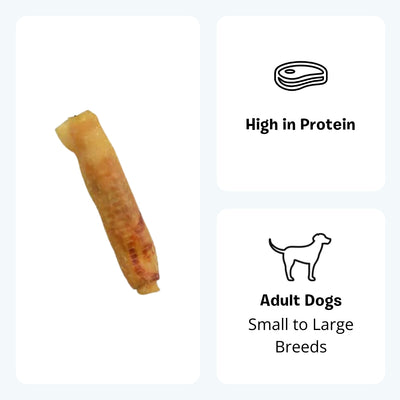Ticks are a common concern for dog owners, especially during the warmer months when outdoor activities become more frequent. These tiny parasites can cause a range of health issues for your beloved pet. However, with proper methods of tick prevention for dogs, you can ensure the safety and well-being of your furry friend. In this article, we will discuss effective strategies to prevent ticks and protect your dog from potential tick-borne diseases.
Understanding Ticks and Their Hazards
Ticks are external parasites that survive by feeding on the blood of animals, including dogs. They are commonly found in grassy areas, forests, and even urban settings. Ticks can transmit various dog diseases, such as Lyme disease, Rocky Mountain spotted fever, and Ehrlichiosis. These illnesses can lead to severe health problems, including joint pain, lethargy, fever, and in some cases, organ damage.
Optimal Methods of Tick Prevention for Dogs
Tick Prevention Medications: A variety of effective options are available, including oral tick prevention pills, spot-on treatments, and tick prevention collars. Seek guidance from your veterinarian to determine the most suitable option for your dog, taking into account factors such as age, weight, and overall health.
- Tick Prevention Pill for Dogs: Tick prevention pills are available for dogs. These oral medications effectively protect against ticks by eliminating them when they bite your dog.
- Frequency of Tick Tablet Administration: The frequency of tick tablet administration varies depending on the specific medication. Some require monthly doses, while others provide protection for up to three months. Comply with the instructions provided by your veterinarian or the product manufacturer.
Regular Tick Checks: Perform thorough tick checks on your dog after outdoor activities. Inspect areas such as the ears, underbelly, armpits, and between toes for ticks. Promptly remove ticks using tweezers or a tick removal tool, ensuring complete removal, including the mouthparts.
Warding Off Ticks and Fleas
- Use Tick and Flea Preventive Products: Employ tick and flea prevention products recommended by your veterinarian. These can include topical treatments, oral medications, and tick prevention collars.
- Maintain a Clean Living Environment: Routinely vacuum your home, wash your dog’s bedding, and clean areas where your dog spends time to eliminate any existing fleas or ticks.
- Trim Grass and Shrubs: Keep your lawn well-maintained by trimming grass and shrubs, reducing tick habitats in your immediate environment.
- Limit Exposure to Tick-Infested Areas: Steer clear of walking your dog in tall grass, wooded areas, or places known to harbour high tick populations.
- Implement Regular Grooming: Regularly groom your dog to check for any signs of ticks or fleas. Brushing your dog’s coat helps remove any existing parasites and serves as an opportunity to identify ticks or fleas.
Natural Tick Prevention Methods
- Essential Oils: Certain essential oils, such as cedarwood, lavender, and lemongrass, possess tick and flea-repellent properties. Dilute the essential oil of your choice and apply a small amount to your dog’s collar or bedding.
- Tick-Repellent Shampoos: Utilise tick-repellent shampoos specifically formulated for dogs. These shampoos often contain natural ingredients like neem oil or tea tree oil, which help repel ticks.
- Tick Checks and Removal: Regularly inspect your dog for ticks and promptly remove them using tweezers or a tick removal tool.
Preventing ticks and safeguarding your dog from tick-borne diseases is paramount for their well-being. By implementing the best tick-prevention methods, such as using tick-prevention medications, conducting regular tick checks, and practising proper grooming and environmental control, you can ensure your furry friend remains healthy and tick-free. Remember to consult with your veterinarian for personalised advice and recommendations tailored to your dog’s specific needs.










